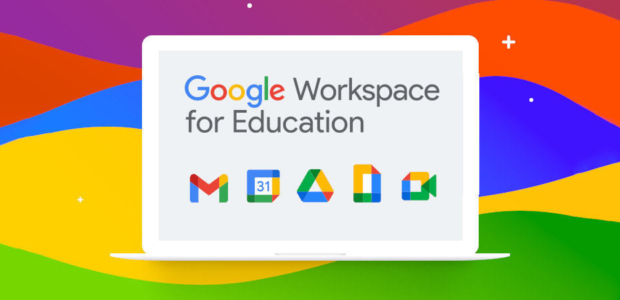As school districts adjust to Google’s updated terms for Additional Services, which significantly impact YouTube, Maps, Translate, and Earth, some educators may wonder aloud, ‘Why not just obtain parental permission and continue using it?’ I could curse Google, but I see an opportunity in what they have presented to school districts nationwide. On the surface, gathering consent for Google’s Addtional Services (i.e., YouTube) to market and collect data on students under 18 can be considered a reasonable workaround. Still, in practice, it is anything but ethical or straightforward. School leaders should focus on meeting strict privacy standards instead of requiring parents to forgo safeguards via a parental consent form. Read more…
What Does Equitable Technology Usage Really Look Like in Schools?
In an era when nearly every student has access to a device (or two, three, or five), it’s easy to assume we’ve achieved equity in educational technology. However, handing out Chromebooks or iPads is just the beginning. True equity not only ensures access to the hardware but also guarantees educational impact and effective use of the devices. It’s about how technology is used, by whom, and to what end.
In my work with digital learning, filtering, instructional tools, and student wellness, I’ve seen how quickly “1:1” can become “1 to lost”…if we’re not thoughtful. So, what does equitable technology usage look like? Here’s what I believe… Read more…
Beyond the Device: Overlooked Pitfalls of 1:1 Programs…and What Schools Must Do First
As schools across the country race to equip students with Chromebooks, iPads, and laptops, a critical question often gets overlooked: Are we truly ready?
More importantly, do we have the vision, support, and systems to ensure these devices foster deeper learning and not just become another screen in an already (deeply) saturated digital world?
Like many educators, I’ve seen firsthand how introducing more screens into students’ lives, particularly without the proper guardrails, has unintended consequences. The research is catching up with what teachers have been feeling for years. Read more…
Managing Digital Distractions: Addressing the Shift from Phones to Other Devices
High school students face significant challenges with social media use during instructional time, a concern shared by educators, including teachers, paraeducators, and administrators. With social media access unblocked or lenient smartphone policies, we are losing precious minutes meant for learning. Even when a smartphone or device is out of sight, the cognitive hook for a digital distraction, luring a student away from the lesson, can take 23 minutes to recover. In short, we must protect instructional time. Protecting instructional time requires establishing clear boundaries with students, which may involve implementing or adopting new policies around 1:1 programs, filtering on the device, and hard stops for usage at night (among many ideas). This could further include guidelines for parental communication, especially in cases where parents encourage using social media to connect with their children. Read more…
When Passion Overcomplicates the Solution
Sometimes, when unraveling a concern and offering solutions, we lose the forest for the trees. It’s easy to get caught up in details, and I’m guilty of this. Too much context can obscure an issue’s seemingly obvious conclusion or solution. For leaders and problem-solvers, the key is to present clear, concise recommendations upfront. If the minutiae become overwhelming, simplicity is often the best path forward.
A guiding principle I often return to is: Don’t check your passions at the door. However, not everyone shares the same passion for a particular issue. Many may lack the interest or the bandwidth to dive deep into problem identification and solution design. Read more…




